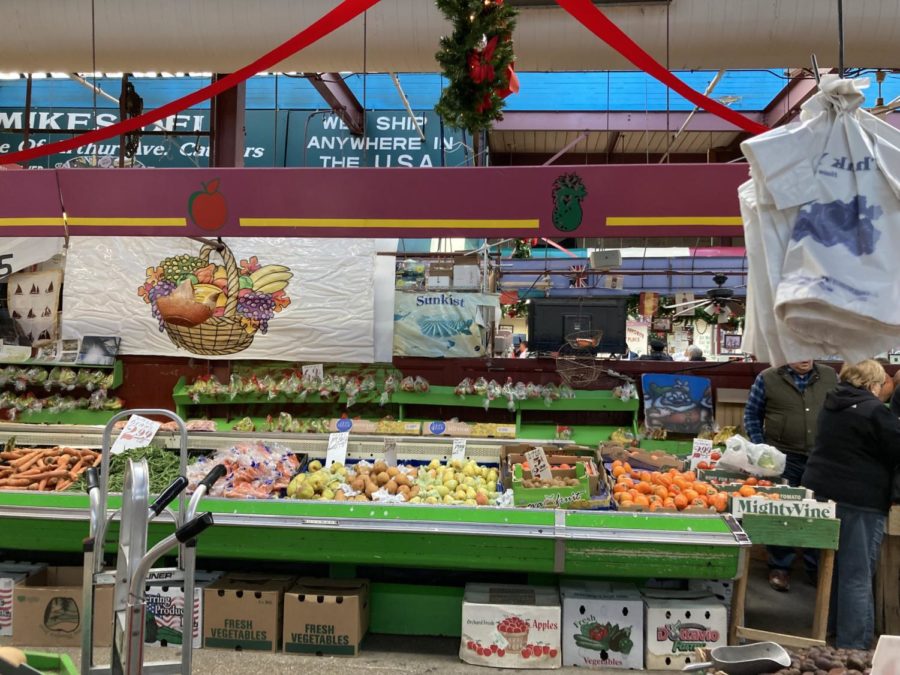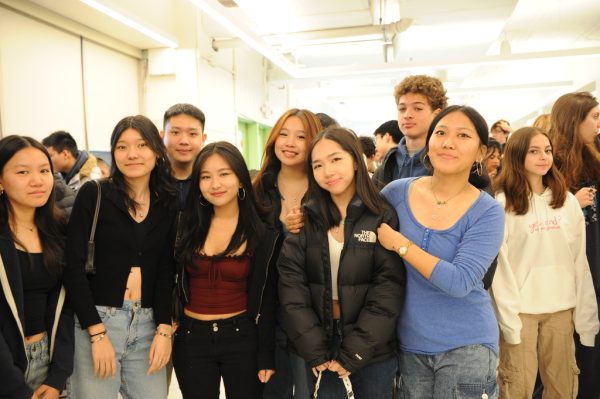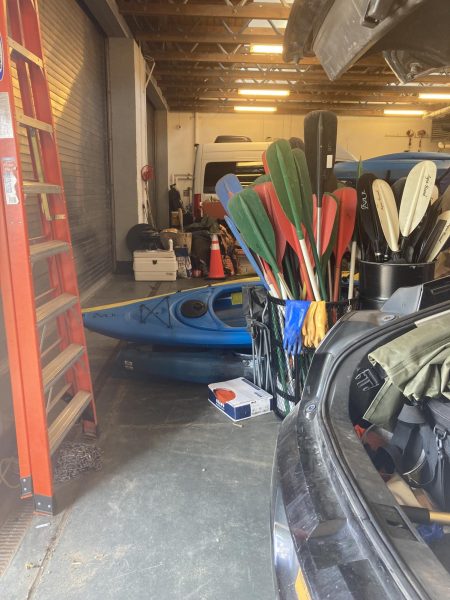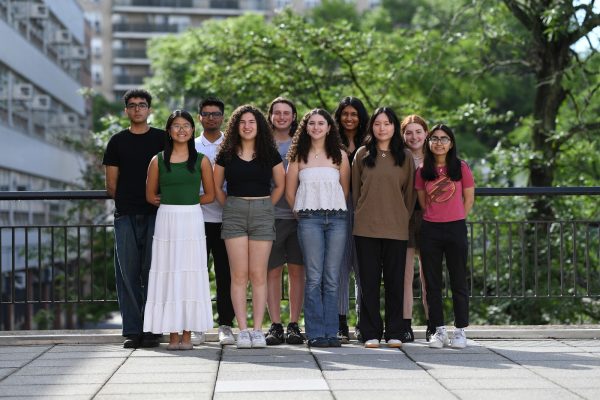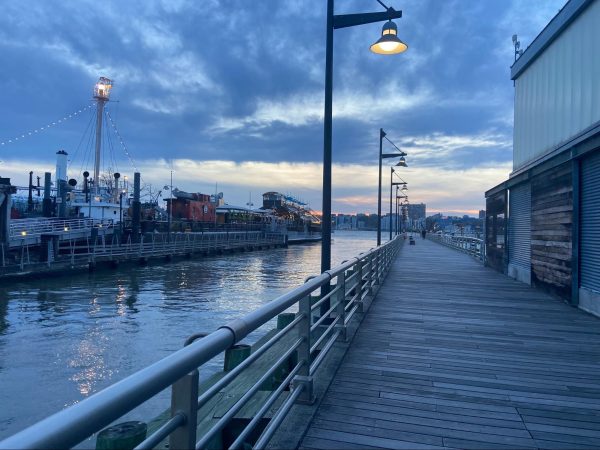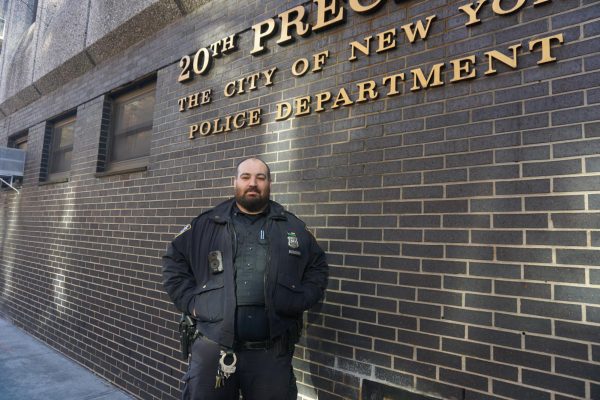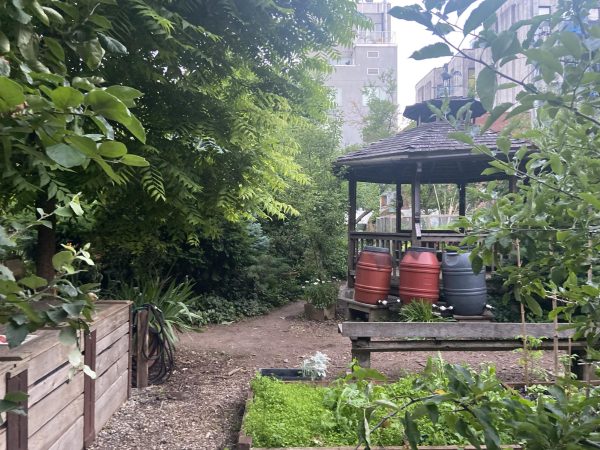A Trip to Arthur Avenue, The Bronx
This corner of the Bronx hosts an old Italian community, and remnants of a New York past.
Here is the produce market inside the Arthur Avenue Retail Market.
No two corners of New York City are quite the same. In a city that spans over 300 square miles, that’s a lofty statement. But with so many distinct cultures coexisting in one city, I think I can say that it’s possible. Manhattan is home to many, with Chinatown, Little Italy, and Koreatown. But, if you really want to find a taste of another country, nestled within the city, you’ll have to look to the outer boroughs. One of them is Arthur Avenue, in the Belmont neighborhood of the Bronx. Nicknamed the “Little Italy of the Bronx” and considered by many to be New York City’s true Italian hub, this short street just south of the Bronx Zoo is a not-so-secret gem.
In the early 1800s, the land that today encompasses Belmont, Bronx Park, and portions of the Fordham University campus were all considered “Belle Mont,” the manufacturing property of a French Huguenot family, the Lorillards. The land was used for farming, tobacco production, and snuff manufacturing. In 1870, the factories were moved across the river to New Jersey, and the land went to one of the family’s daughters, Catherine Lorillard Wolfe. She subdivided the land into Bronx Park (which was further divided into the New York Botanical Gardens and the Bronx Zoo), St. Barnabas Hospital, and the residential neighborhood of Belmont. Within Belmont, the main street was named Arthur Avenue for Lorillard Wolfe’s favorite president, Chester A. Arthur.
Throughout the late 19th century, the construction of the Botanical Gardens and Jerome Park Reservoir (yes, the same as the one across the street from Bronx Science!) drew Italian immigrants into the Bronx, away from the other immigrant communities in downtown Manhattan. “Italian colonies” were established in the Bronx over the next few decades, especially along Arthur Avenue and throughout the entirety of Belmont.
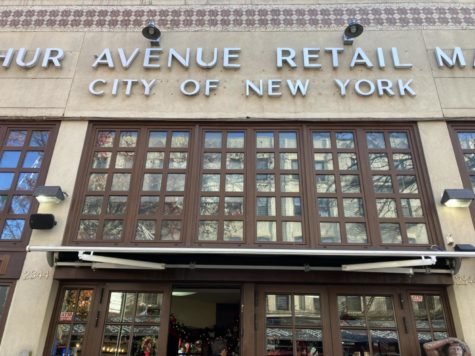
Along Arthur Avenue, shops cropped up, all promising quality Italian goods and foods. Reading about this, Donna Celentano ’23 and I decided we had to check this out for ourselves. We started out at the Arthur Avenue Retail Market, the oldest indoor market in New York City. The LaGuardia administration of the 1930s and 40s encouraged its construction as a part of the WPA public works projects, and the market opened in 1940. The building houses produce stands, meat and cheese shops, and Mike’s Deli, where we made our first stop, buying the best — and heaviest — arancini (Italian rice balls with meat, peas, and mozzarella) I’ve ever had.
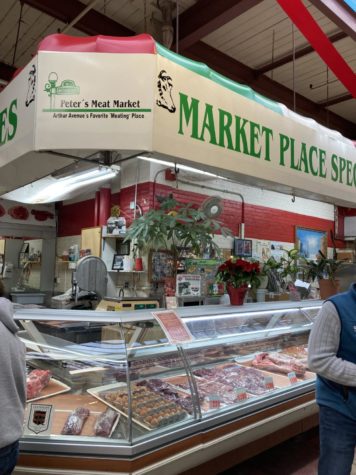
The Retail Market has an unassuming, blocky facade, but once you step inside, you’re hit with the smell of bread, cheese, and cured meat. We went in early December, so the market was decked out in Christmas decor, and patrons crowded around a TV to catch the beginning of the France versus England World Cup match. As Christmas music played over the market speakers a family sitting at a picnic table, elbows deep in two perfect-looking thin crust pizzas, began to sing along to their little kids.
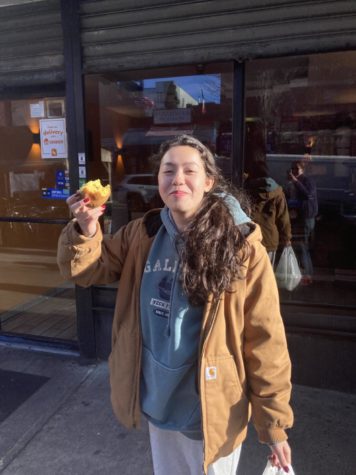
Despite being only a few blocks from bustling Fordham Road, Arthur Avenue is a product of a different time. Belmont no longer has an overwhelmingly Italian population, but these small Italian institutions have hung on, holding their place in a changing New York.
Our next stop has certainly stood the test of time, dating back to 1918. Madonia Bakery, where Donna’s dad sent her to get sesame bread, is a bright, open store, with walls lined by both baked goods and a century worth of press coverage. It is in the hands of the fourth generation of Madonias and with a cash-only policy and cannolis filled while you wait, it was exactly what I expected when I walked onto Arthur Avenue. After staring, slightly overwhelmed, at the wall of breads, I got a loaf of what my mother just calls “nice bread” and a cannoli, which, true to their word, was filled for me while I dug through my bag for my wallet.
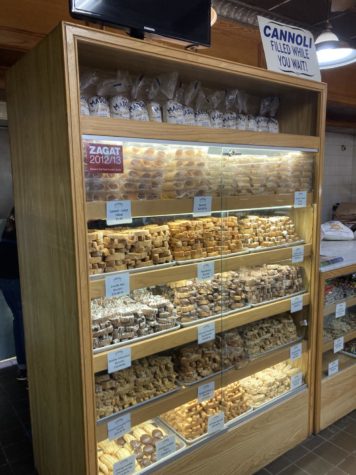
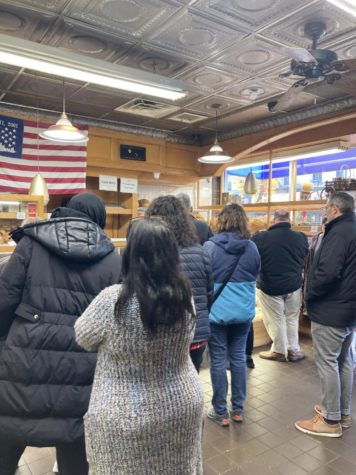
Our third and final stop was Casa Della Mozzarella. Owned and operated by the father-son duo of Orazio and Carlo Carciotti, Casa Della boasts some of the best mozzarella in New York. Orazio, the father, emigrated from Italy in his 20s, before establishing Casa Della in 1993. His son Carlo has begun to take on a bigger role in the operation of the store, and, in an Insider interview reflects, “And when I go outside, that for me, the biggest accomplishment would be, people would say, ‘Hey Carlo, how are you? You’re doing good, you remind me just of your father.’ I don’t think I could have more accomplishment than that.” In the thirty years since its opening, the deli has established itself in the neighborhood, and the line out the door proved it. The shop is narrow, with only a few patrons allowed in at a time. Donna and I stood outside in line while the Pogues’ Fairytale of New York and the Waitresses’ Christmas Wrapping played from the speakers before someone opened the door and let us in.
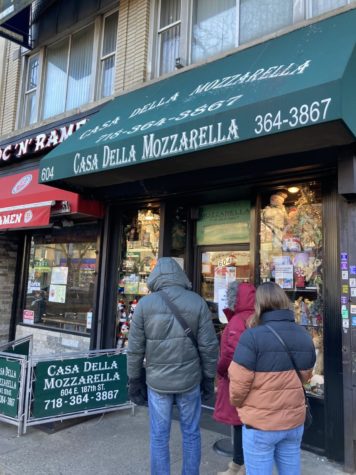
When we entered, I took out my phone to take a photo and the guy behind the counter barked “no photos!” at me. He was joking, which I realized after I had already stuffed my phone sheepishly into my pocket, but I didn’t doubt him at first because the inside seemed so old school. The walls were lined with bags of pastas and other Italian grocery products, and a deli counter jutted into the already narrow store. Donna ordered her salami and mozzarella (which looked perfect through the plastic container), and then we both got one of their sandwiches, per her dad’s directions.
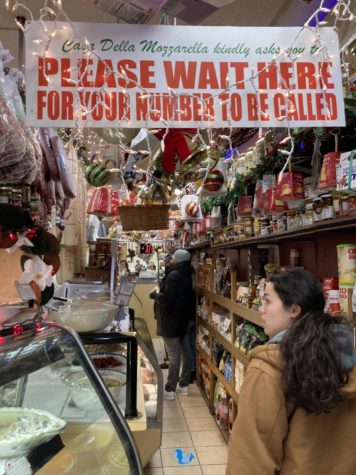
After this, we headed off. As we trudged to Fordham Road and the 4 train, the landscape slowly changed around us. The streets grew busier as we got closer to the Grand Concourse and Jerome Avenue, and Italian flags disappeared from storefronts. No two corners of New York City are the same, and block by block the city we saw shifted.
Arthur Avenue hosts a sliver of New York City hard to find in other places. When you mention it to someone, you’ll either hear a slew of memories or find yourself faced with a blank stare. Its history and the deep personal connections people have with the neighborhood give it a unique character, one colored by nostalgia. In the romantic portrayals we hold of New York City, we take half from true memories, and half from the idyllic picture we’ve seen in movies, maybe experiencing once or twice. Arthur Avenue is often depicted as a taste of the past, and to a certain extent it is. But it fits into the fabric of today’s city just as much as anything else does, and maybe that’s its appeal.
In the romantic portrayals we hold of New York City, we take half from true memories, and half from the idyllic picture we’ve seen in movies, maybe experiencing once or twice.
Lily Zufall is an Editor-in-Chief of ‘The Science Survey.’ To her, the most appealing part of journalistic writing is being able to walk the line between...

